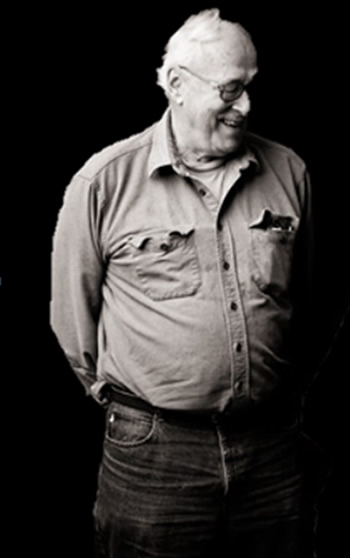 A graduate student from the University of Michigan arrived at the Florida State University Oceanographic Institute in 1958 (thanks to a travel grant from the Lerner Research Fellowship) with few funds, no boat, and no place to live. The director of the lab, Dr. Harold Humm, welcomed him to free lodging and a free boat to do what he was clearly prepared to do – study the ecology, range, and habitat of brachiopods and delve into the complex food web and predator-prey interactions of a diverse array of carnivorous snails. So started Bob Paine’s association with FSU.
A graduate student from the University of Michigan arrived at the Florida State University Oceanographic Institute in 1958 (thanks to a travel grant from the Lerner Research Fellowship) with few funds, no boat, and no place to live. The director of the lab, Dr. Harold Humm, welcomed him to free lodging and a free boat to do what he was clearly prepared to do – study the ecology, range, and habitat of brachiopods and delve into the complex food web and predator-prey interactions of a diverse array of carnivorous snails. So started Bob Paine’s association with FSU.
The attractant for Paine was a small spit of land, Bay Mouth Bar, that emerges above the water line at the very low tides in Alligator Harbor that occur for a few days each month. The research he conducted there clearly paved the way for his seminal work on “keystone species,” in which he demonstrated the importance of biodiversity to ecosystem stability in Makah Bay, Washington. Paine showed that the experimental removal of a top predator – in this case, the predatory starfish Pisaster ochraceus -- resulted in the proliferation of its sessile prey -- mussels and barnacles – to the decline of other organisms, including algae and snails. This work left a profound mark on marine ecology that is best captured in a tribute written by one of the many extraordinary students that he mentored, Dr. Jane Lubchenco (Oregon State University).
Bob’s attraction to Bay Mouth Bar never waned. His return trips to the site over the last 10 years always included a group of very happy FSU graduate students and post docs armed with shovels to dig into the sand and uncover the creatures that so captured Bob’s attention. During that time, Bob served as chair of the FSUCML Scientific Advisory Board, cementing a strong relationship with the lab and providing considerable guidance along the way. Plans for another trip to Bay Mouth for Fall 2016 ended when his illness took the lead. We remember him for his friendship as much as his brilliant scientific contributions.

